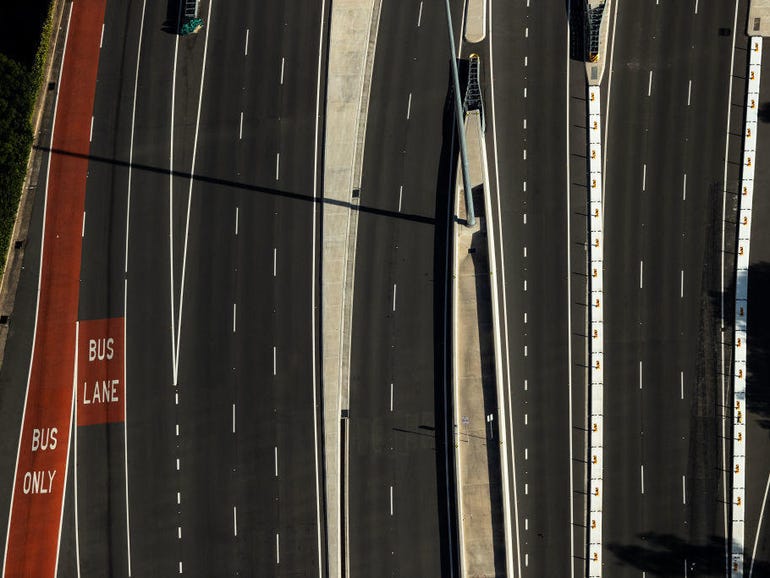
Transport for NSW (TfNSW) is using AI to develop predictive algorithms to help national, state, local governments manage their road safety performance.
The 2018-2020 National Road Safety Action Plan sets out targets that require 90% of travel on national highways and 80% on state highways to meet a three-star or better safety standard. Up until now, assessing the standards of roads have relied on collecting video survey footage and manual recording methods.
TfNSW has now teamed up with iMove Cooperative Research Centre (CRC), the University of Technology Sydney, the International Road Assessment Programme (iRAP), and geospatial data firm Anditi, to develop a faster and more automated method to extract raw road data.
As part of the initiative, dubbed the accelerated and intelligent road assessment program data collection (AiRAP) project, the group plans to deliver what it refers to as usable data for 20,000km of NSW roads using TomTom’s MN-R next generation map data, as well as extraction techniques and machine learning for Lidar data. Pilot assessments will also be conducted on a sample of local, state, and national highway roads to prove the methodologies.
“The use of artificial intelligence and machine learning techniques to collect the data has potential to reduce costs and increase the frequency and accuracy of data,” project manager and iRAP global innovation manager Monica Olyslagers said.
“Making faster and more affordable data collection possible means that safety assessments can be done on an annual basis across the whole road network.”
iMove CRC believes the initiative will help open up existing and emerging data sources that could assist with improving road safety assessments.
“Using technologies such as AI to enhance in our suite of safety policy tools is a great step forward. These powerful and insightful tools can inform sound investment by government that saves lives and unlock significant benefits to families, communities, business and health systems through reduced road trauma,” iMOVE CRC managing director Ian Christensen said.
At the end of last year, TfNSW partnered with Microsoft to develop a proof of concept that uses data and machine learning to flag potentially dangerous intersections and reduce road accidents.
As part of the proof of concept, Transport for NSW ran a trial in Wollongong to uncover five potentially risky intersections. It involved 50 vehicles generating more than a billion rows of data over a 10-month period, before Databricks and Azure were used to curate, ingest, and interpret the data.
The telematics data was used to identify speed, harsh braking, harsh acceleration, and lateral movement just before the intersection. It was then compared to patterns of existing crash investigation data.
Since the trial, two out of the five intersections have been scheduled for modification.




















